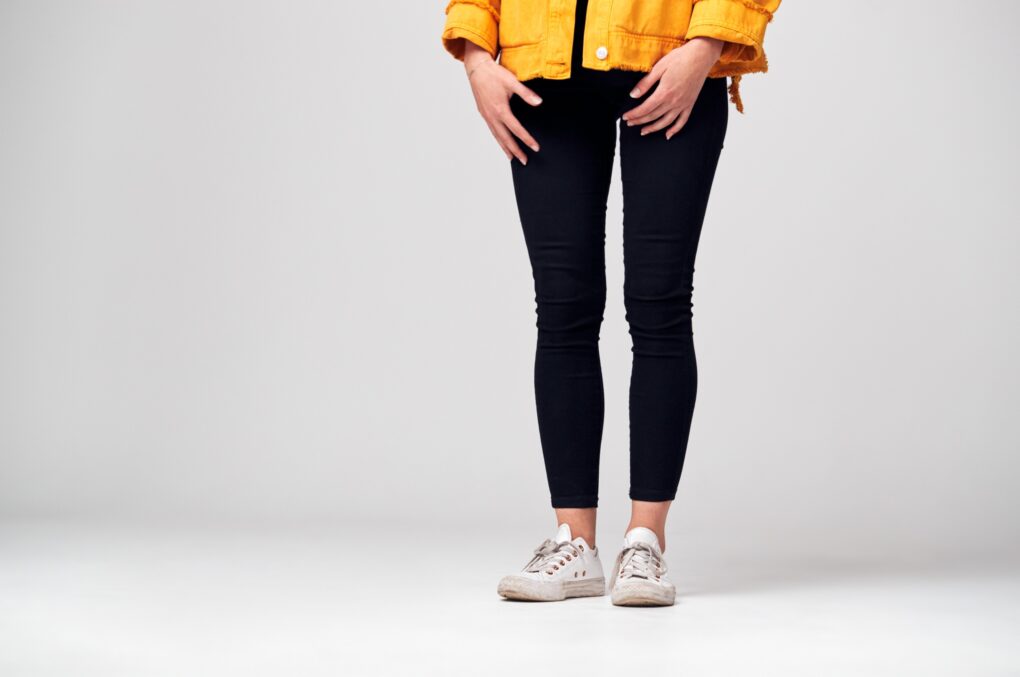Does Wearing Leggings Keep You Warm: What You Need to Know About Leggings Warmth
Yes, wearing leggings can help keep you warm, especially during colder months or in cooler climates. Leggings are often made from insulating materials like cotton, wool, or synthetic fabrics that help trap body heat close to the skin. Additionally, the close fit of leggings helps to keep the body’s natural warmth close to the skin and prevents cold air from seeping in.


However, the warmth provided by leggings may depend on the thickness and quality of the material. For example, thicker leggings from wool or fleece will provide more warmth than thinner leggings made from cotton or synthetic materials. It’s also important to note that leggings may not be enough to keep you warm in extremely cold temperatures, and you may need to layer up with additional clothing items like sweaters, jackets, or thermal leggings.
Factors Affecting Leggings’ Warmth


Material
The material of leggings can significantly affect their warmth. Some common materials used to make leggings include:
- Cotton: Cotton is a breathable and comfortable material, but it may not be the warmest option for leggings, especially in colder weather.
- Polyester: Polyester is a synthetic material used to make leggings. It is generally lightweight and quick-drying but may not be the warmest option for leggings.
- Spandex or elastane: These materials are often blended with other fabrics to make leggings stretchier and more form-fitting. They do not provide much warmth on their own but can add to the overall insulation provided by the leggings.
- Wool: Wool is a natural insulator, according to Family Britches. Wool leggings can be especially warm when layered under other clothing.
- Fleece: Fleece is a synthetic material often used to make warm leggings for cold weather. It is soft and comfortable and provides good insulation.
Thickness
The thickness of leggings can also affect their warmth. Thicker leggings can provide more insulation than thinner ones. Here are some common thicknesses of leggings:
- Sheer or thin leggings: These are often made of lightweight materials like nylon or cotton and could be warmer.
- Mid-weight leggings: These leggings are thicker than sheer leggings and can provide some warmth. They may be made of materials like cotton or spandex.
- Thick or fleece-lined leggings: These are the warmest option and are often made of thicker materials like wool or fleece. They can provide significant insulation in cold weather.
Layering
Layering can also affect the warmth of leggings. Layering leggings with other clothing items can help to trap warm air close to the body and provide additional insulation. Some ways to layer leggings for added warmth include wearing leggings under pants or jeans. This adds an extra layer of insulation to the lower half of the body.
Based on experience, layering leggings with socks can add warmth to the lower legs and feet. Pairing leggings with a long sweater or tunic can warm the torso and provide additional coverage over the hips and thighs. Layering leggings under a skirt or dress can add warmth to the legs while allowing for a dressier look.
Environmental Factors
The temperature and humidity of the environment can affect how warm leggings keep you. If it is very cold and dry, leggings made of synthetic materials may not be enough to keep you warm. In this case, wool or cashmere leggings may be a better choice.
On the other hand, if it is warm and there is high moisture in the air, leggings made of synthetic materials may be too warm and uncomfortable. In this case, cotton or nylon leggings may be a better choice.
Body Type and Metabolism
Body type and metabolism can also affect how warm leggings keep you. For example, people with a higher body fat percentage tend to feel warmer than those with a lower body fat percentage.
Additionally, people with a faster metabolism tend to generate more heat, making them feel warmer. Therefore, someone with a higher body fat percentage and a faster metabolism may not need leggings that are as warm as someone with a lower body fat percentage and a slower metabolism.
Activity Level
The level of physical activity can also affect how warm leggings keep you. For example, if you sit or stand still for long periods, you may feel colder than moving around.
If you are sitting or standing still, you should wear warmer leggings than if you are moving around a lot. Additionally, if you are doing a lot of physical activity, wear more breathable leggings to prevent overheating.
Benefits of Wearing Leggings for Warmth


Comfort and Mobility
Leggings are made from stretchy materials that allow for a full range of motion. They are comfortable to wear and move in.
Unlike jeans or other pants, leggings do not restrict movement or cause discomfort when bending or stretching. This makes them an excellent choice for anyone looking for warmth and comfort while staying active.
Versatility and Style
Leggings come in various styles, colors, and patterns, making them a versatile addition to any wardrobe. They can be dressed up with a boots and blouse for a night out or dressed down with a pair of sneakers and T-shirt for a day out. They can also be worn as a base layer under pants or dresses for warmth. With so many options, leggings are a great way to add style and variety to any outfit.
Cost-effectiveness
Leggings are often less expensive than other pants, making them a valuable choice for anyone looking for warmth on a budget. They are also long-lasting and durable, meaning they can be worn for multiple seasons without needing to be replaced. Additionally, leggings can be worn in various settings, making them a practical and versatile choice for anyone looking to stay warm without breaking the bank.
